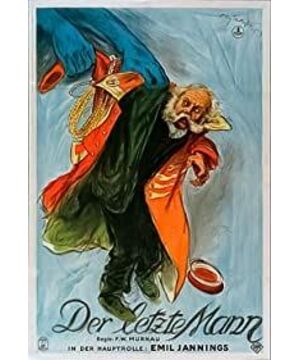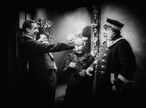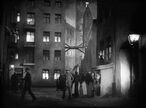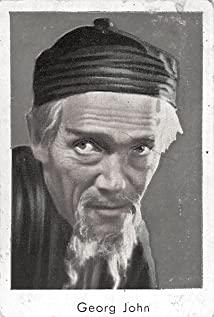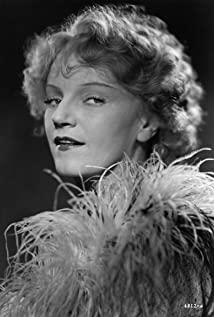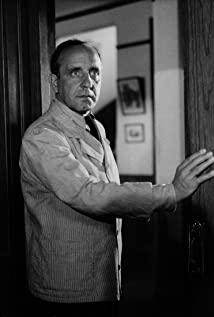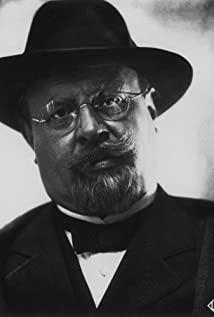- Bold. It has a vulgar energy that got lost later on in Hollywood. Example: the duaghter twirling her tongur while squeezing cream onto her own wedding cake.
- Atmospheric. Painstakingly attentive to details, such as the patient recording of a chorewoman snuffing out lights over the staircase, and the street lamps outside. Made in 1924, the lighting is nevertheless often up to modern standard. Example: the scene when his wife is seeing him off by the curtain.
- Measured pace in acting. None of the biskness of movement in silent films. Patient characterization through posture and slow "leaning" make the tragedy heartbreakingly poignant. Example: the bathroom scene with the impatient customer.
Which take us to a bigger question: why do we watch early films (by that I mean pre-1930, often silent films)? I have seen justifications in terms of historical interest, as in "this is how it all started...". But I think that's a poor reason for your average, non-professional movie buff to sit through a Griffith or Keaton. Not even every connoisseur cares how the way Mae West eats a peach got started by Lilian Gish 15 years earlier.
Anyway, we can think of a better reason: creativity of process. Let me elaborate. In the early days of the film, directors, like Murnau here, still thinks about how to creatively convey what they have in mind, rather than relying on a formulaic tool kit of tricks and cliches. Their concepts and devices are not yet "legacies", but fresh ideas. Being pioneers, some of their ideas are inevitably emulated by later generations of film-makers to be the tool of trade; these, when recognized by us in the original films that "started it all", contribute to the "historical interest". But the fun part is in the rest of the original ideas that are less easily categorized, and NOT emulated by others, so that we can still be pleasantly surprised by something that sounds or looks fresh after 80 years.To appreciate those luscious ends and pieces is a sure sign of a true connoisseur. We see the merits and faults as they were, not filtered through by film critics or later directors. We also see the way things could have been, had the movie trend not taken the turn as they did around WWII.
The happy ending is not even taken seriously by the director himself, who inserted a disclaimer on its disconnect from reality, so I would just ignore it.
View more about The Last Laugh reviews


